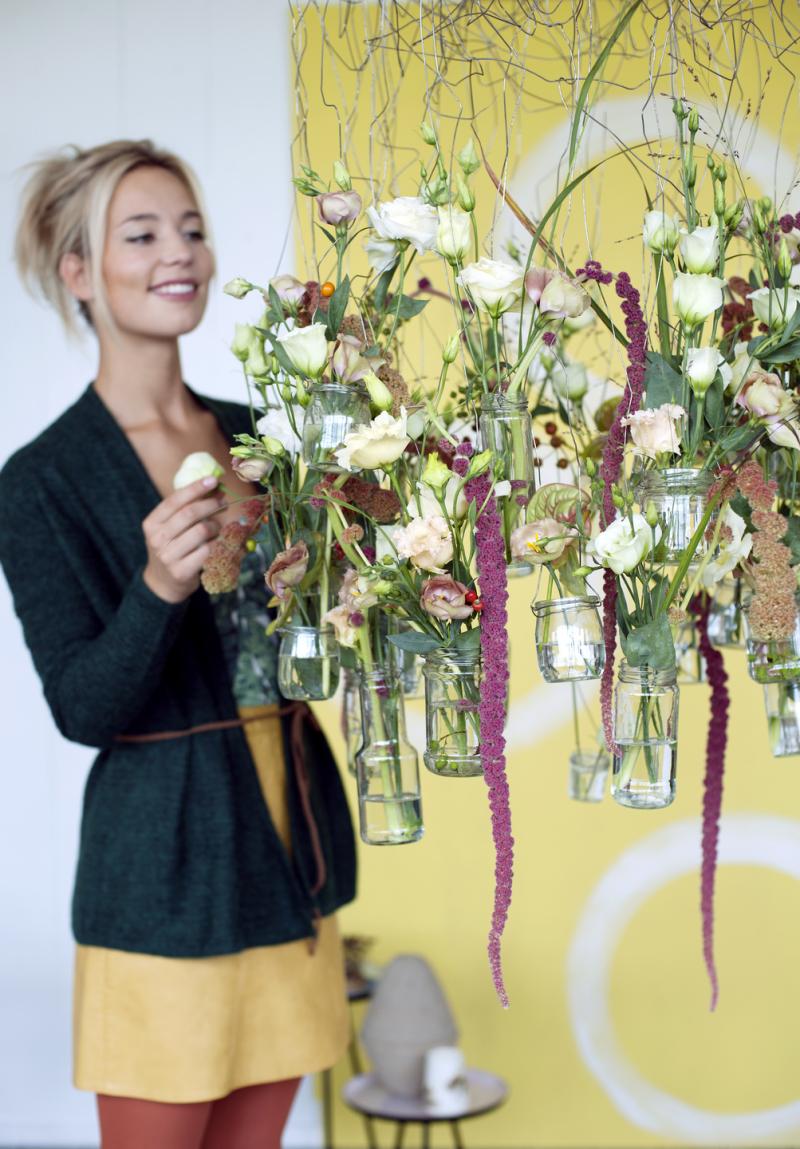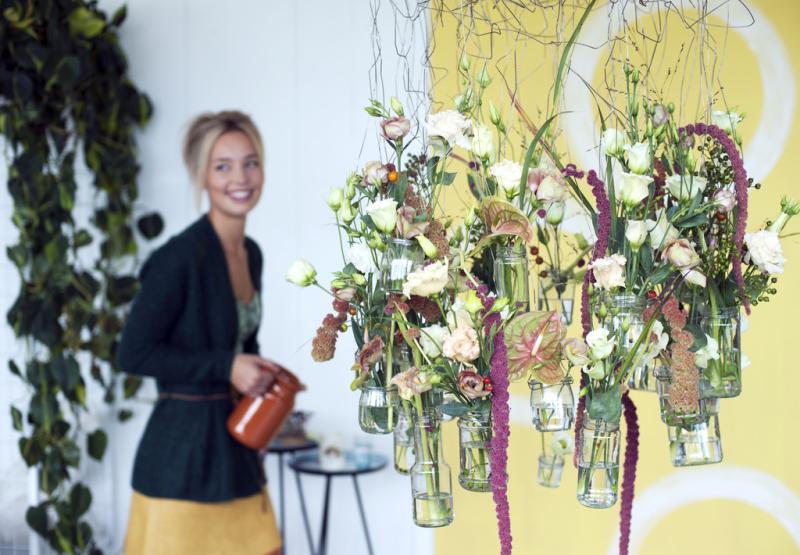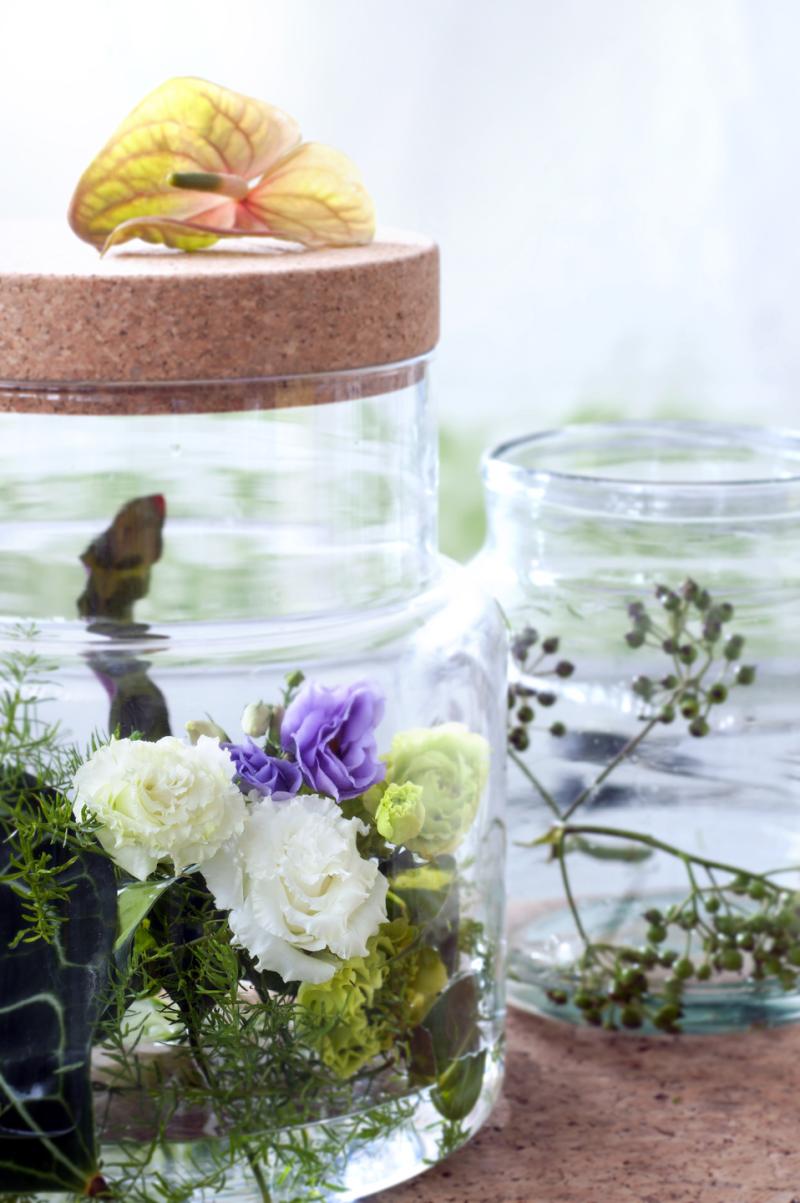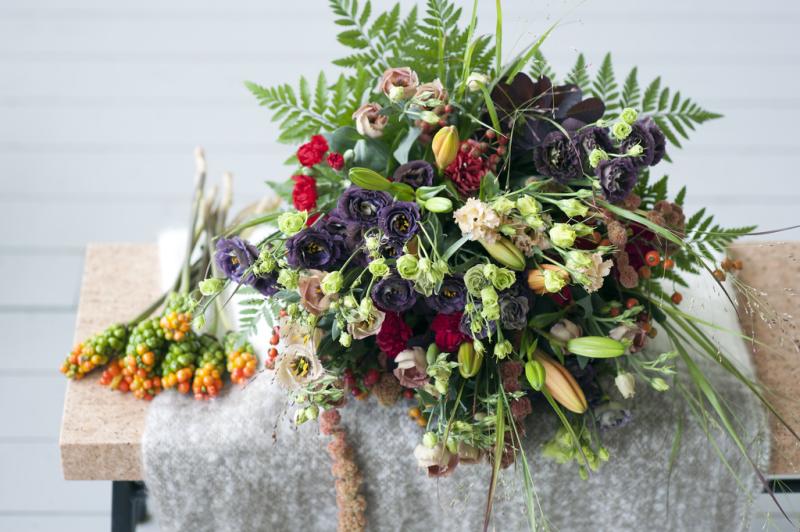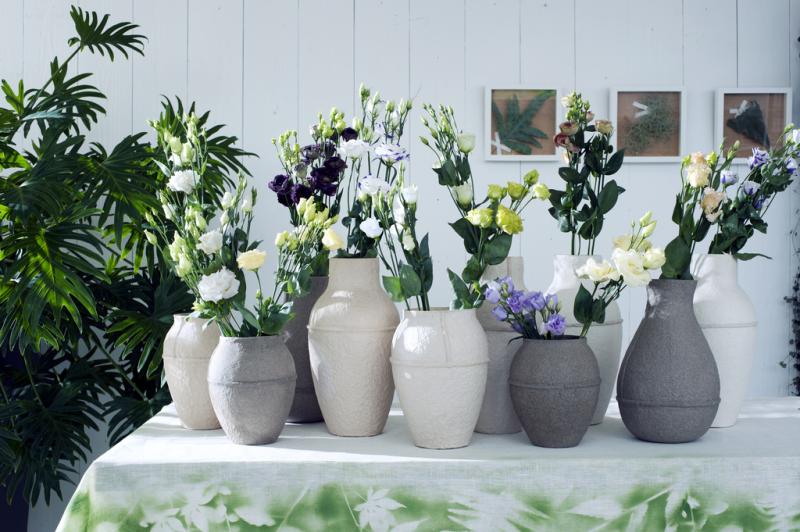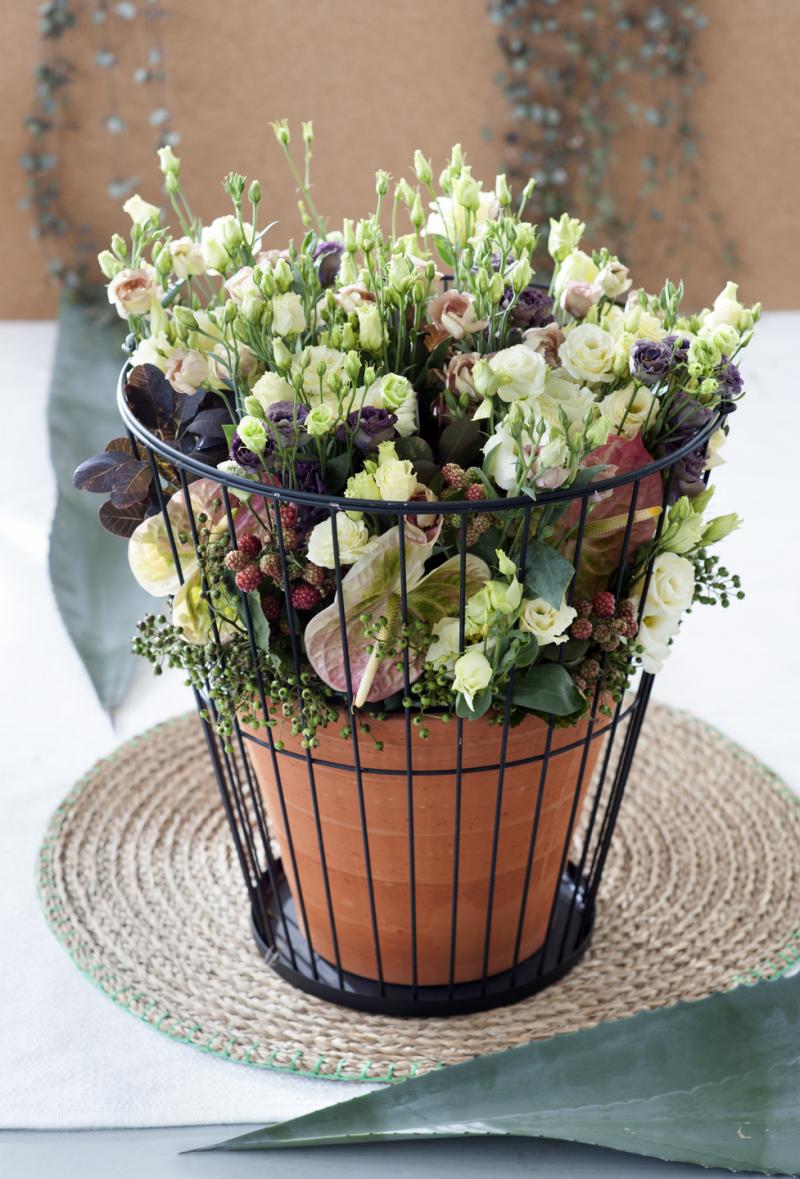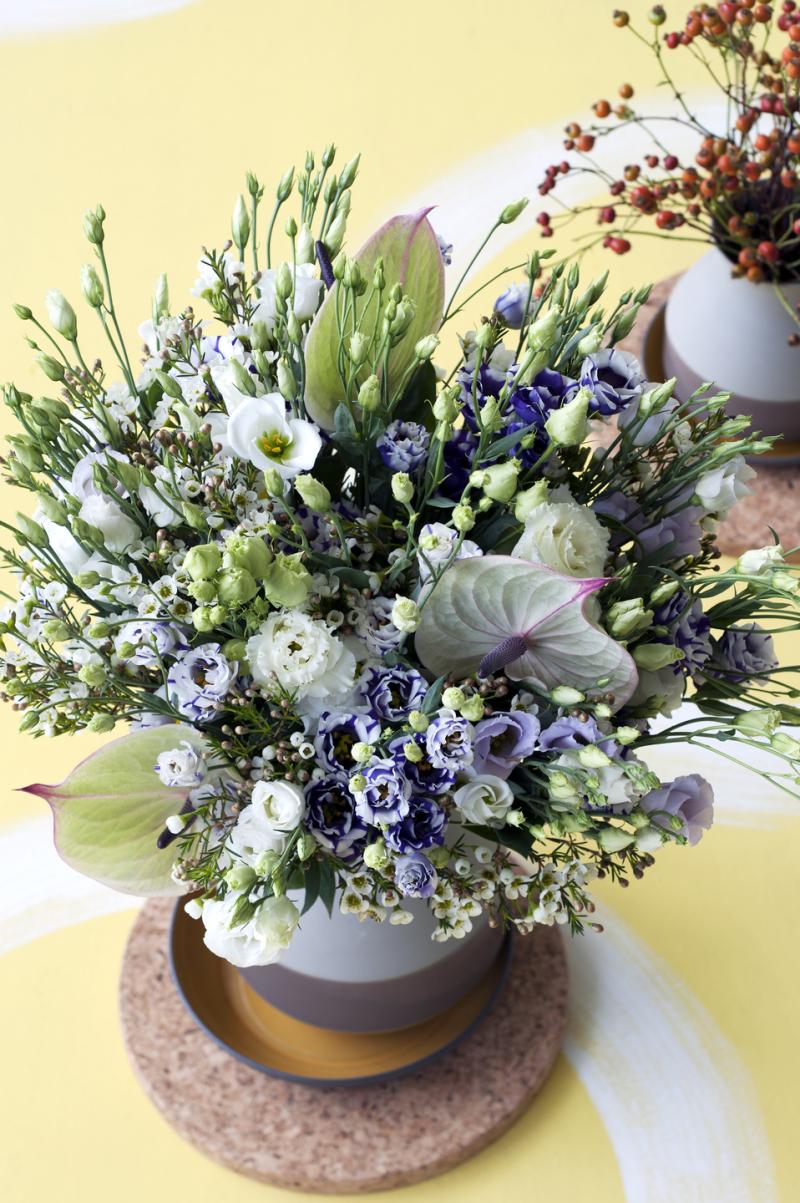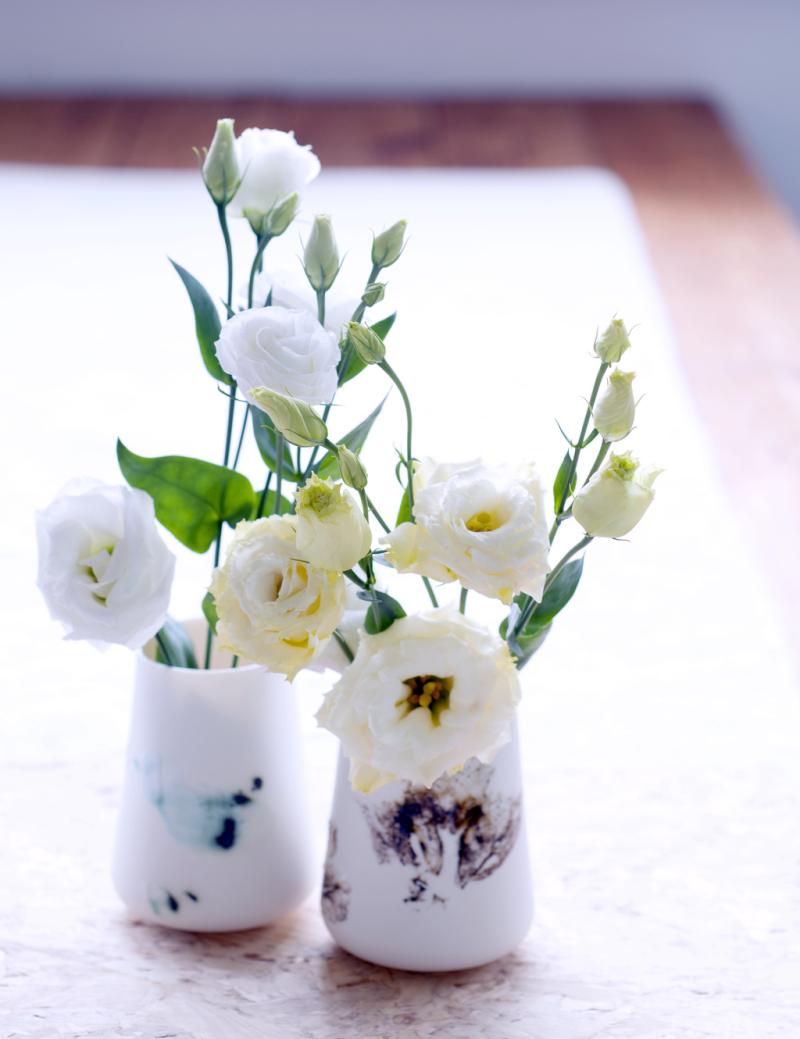The lisianthus: in the Flower Agenda from weeks 43 - 45
At the start of the autumn it’s time for a trip to the Wild West where we find the roots of the lisianthus. Consumers can read all about this natural beauty in the Flower Agenda at Funnyhowflowersdothat.co.uk. Introduce your customers to this colourful flower with its powerful symbolism over the coming period.
The lisianthus’s origin
The lisianthus originates from North America, where it grows in desert riverbeds and in prairie regions. In the states of Texas, Nebraska, Nevada and Colorado they call this plant prairie gentian. In the 1930s Japanese growers crossed the prairie gentian, laying the foundations for today’s range. The lisianthus is sometimes called Eustoma, which is the official scientific name.
The lisianthus’s colours and shapes
There is an enormous choice on offer: the lisianthus comes in white, green, blue, pink, lilac, purple and salmon. Some flowers even have petals with multiple colours. The lisianthus also comes in many forms: single and double flowered, large and small flowered and even with fringed petals. If that wasn’t enough, new forms are constantly being added! Apart from being colourful, the lisianthus’s petals are also very soft and delicate.
Care tips for customers
Help your customers to enjoy their lisianthus for a long time by giving them the following tips.
• Select a clean vase and fill it with tap water at room temperature.
• Add cut flower food to the water for a longer vase life. This has a very positive effect on the vase life for lisianthus in particular.
• Cut or trim the stems diagonally by 3 to 5 cm with a sharp and clean knife or secateurs.
• Make sure there are no leaves hanging in the water.
• Do not place lisianthus in a draught, in full sun or near central heating.
• Regularly top the vase up with tap water; lisianthus flowers drink a lot because they have thin petals, as a result of which they evaporate a lot of moisture.
• Don’t place lisianthus near a fruit bowl. Fruit emits ethylene gas which will cause the flowers to age more rapidly.
A fabulous bouquet with lisianthus
These cheerful flowers are easy to combine with other bloomers. Lisianthus offers a host of possibilities: create a full bouquet with rosehips, anthurium, Cotinum and blackberries. Place it in a rugged terracotta pot with subtle lines; delicate colours create a romantic picture. The flowers appear to be trapped in a loving bouquet.
Lisianthus symbolism
The lisianthus may appear soft and cute, but it has a powerful symbolism as this flower represents appreciation, gratitude and charisma. That makes it the perfect candidate for a gift bouquet from someone else… or for yourself, of course!
Inspiration and information
Inspiring images of every flower in the Flower Agenda have been produced in line with the Horticulture Sector Trends 2016 (Groenbranche Trends 2016). These trends are a translation of what our consumers are interested in at the moment and are specifically aimed at the horticulture sector for use both indoors and outdoors.
If you would like to find out more about the Flower Agenda click here.

